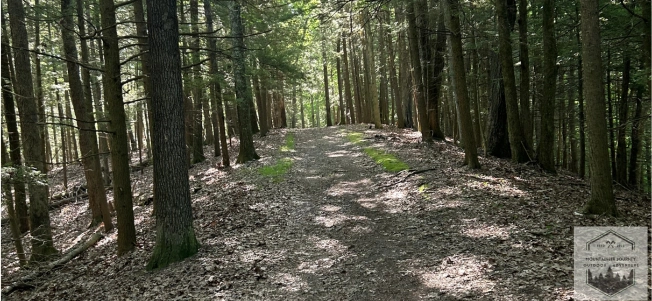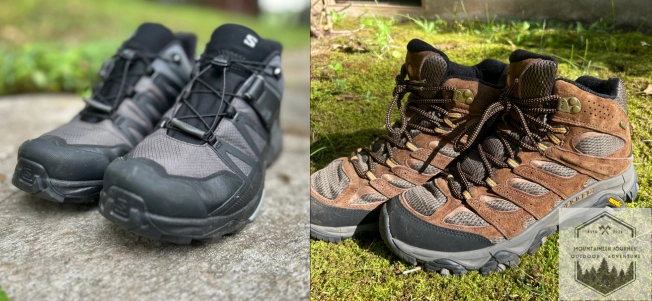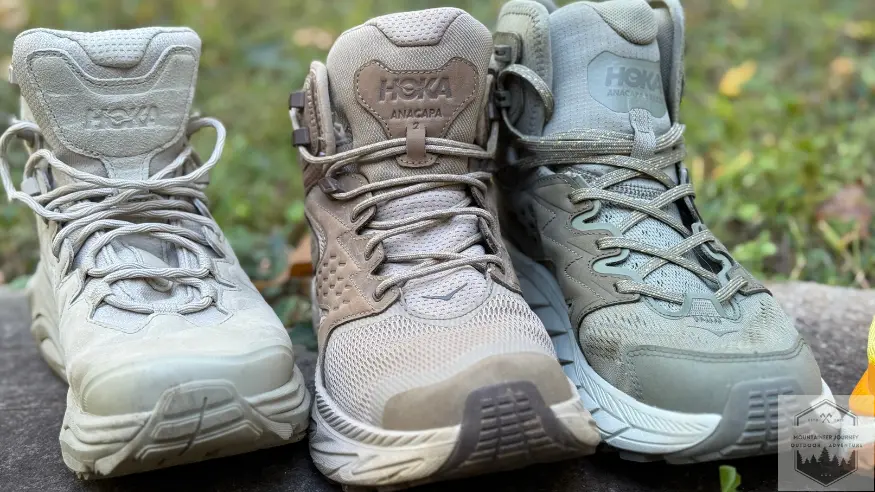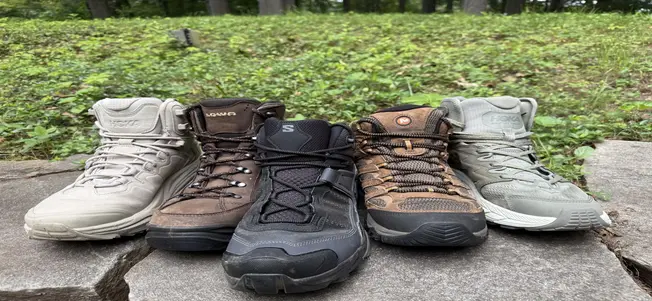Leave No Trace Seven Principles | For Hikers

Here, we will review the seven principles of leave no trace. Leave No Trace simply means minimizing impact while enjoying outdoor activities, this has gained widespread popularity since the 1970s. Since 1999, the seven principles have become indisputable. We will go over the seven principles in relation to hiking.
Leave No Trace Seven Principles in Short
Anyone enjoying the outdoors should adhere to the leave no trace principles. This could include hiking, trekking, camping, or anyone else enjoying nature. Here are the seven principles of leave no trace
- Plan ahead and prepare: Make sure you are adequately prepared for your adventure, understand the weather you will encounter, bring the necessary gear, and always bring extra.
- Travel and Camp on Durable Surfaces: Always hike on designated trails on durable surfaces; avoid going off-trail; and camp at previously established campsites.
- Dispose of Waste Properly: Pack out what you have packed in, and dispose of human and pet waste properly away from other campsites or water sources.
- Leave What You Find: Avoid disturbing the environment (this helps protect wildlife), do not take any souvenirs, always use existing trails, and never alter the environment.
- Minimize the Impact of Campfires: When possible, avoid campfires; properly dispose of ashes; and practice campfire safety.
- Be considerate of other visitors on the trail: yield to others, let nature’s sounds prevail, and properly leash your dog while on the trail.
Who Should Use the Leave No Trace Seven Principles?

The seven leave no trace principles apply to anyone enjoying the outdoors. The Leave No Trace Seven Principles are crucial in minimizing the environmental impact of outdoor activities.
With more than 100 million visitors to us each year, we need to minimize the impact on the environment. This applies to all hikers, backpackers, and campers enjoying the outdoors. By following these principles, we can preserve the environment for future generations to enjoy.
Plan ahead and prepare
The first leave no trace principle is to plan ahead and prepare. As you can see, proper planning will always lead to disaster avoidance and better times enjoying the outdoors.
When planning an outdoor trip, factors such as weather conditions and the availability of appropriate equipment should be considered. It’s crucial to understand the local laws and regulations, plan your meals effectively, and steer clear of crowding.
When checking for weather conditions, it is important to know what essential gear you will need for any conditions you may embark upon. It is best to prepare for approximately 20° below and above the average temperature of the day. It is also best to know the environment, as nighttime conditions can drop and temperatures can rise exceedingly fast, especially in the Southwest United States.
As we have stated in previous articles, it is important to layer your clothing, as you can easily strip on or off layers to aid in your temperature regulation. Use Gore-Tex or other waterproof and windproof gear.
Having the proper equipment can avoid a disastrous trip. It’s always best to have extras, especially clothing. You want extra socks, shirts, and pants. Knowing what proper footwear you’ll need is also essential. For example, for more technical terrain I’ll use my Salomon Quest 4 GTX, and for everyday hiking, I’ll use my Hoka Kaha 2 GTX. I utilize two distinct hiking boots to adapt to varying conditions.

It is always best to split up into smaller groups to avoid overcrowding. You can also make the outdoor trip much more enjoyable by splitting up into smaller groups. Knowing the foods you will consume during your trip and calculating the daily calorie intake is crucial for proper food planning.
For example, trekking in the snow can burn much more calories than a small hike on flat ground during the fall months. It is important to package your food properly to minimize waste and dispose of leftover food properly to maintain cleanliness.
Travel and Camp on Durable Surfaces
We will primarily focus on traveling on durable surfaces, as hiking is closely related to this topic. When hiking, it’s crucial to stick to existing trails, as they simplify navigation and lower the likelihood of losing your way.
It is best to always follow a single file line when hiking together with groups. One recommended practice is to always use rocks or gravel when stepping off the trail instead of fresh vegetation, which disturbs the environment. Never try to create your own trail.
Camp on durable surfaces, it’s ideal to seek out previously utilized campsites. If you can’t find a previously used campsite, search for flat areas with undisturbed soil or minimal gravel. You want to avoid recreating a campsite. My best practice is to always look for natural clearings; these make up the best campsites.
Dispose of waste properly
Not disposing of waste properly is damaging our environment. A simple principle to follow is that whatever you pack in, you must pack out. For example, whenever I go hiking and bring food with me, I always pack away all my waste in my backpack, even small things like bottle caps or outer layers of fruit.
Always dispose of leftover food in small bags and carry it out with you minimize waste on the environment. NEVER feed animals, especially any food scrapping you think they may enjoy. Feeding wildlife damages their longevity, and their natural habitat.
Deposit Solid Human Waste
When disposing of human waste, it is important to dispose of it at least 200 feet away from any water source or camp site. This helps prevent cross-contamination.
Additionally, it is crucial to deposit solid human waste in cat holes that are dug deep and placed far away from water sources, camps, and trails. This practice ensures that we minimize our environmental impact and preserve natural areas for future visitors.
Leave What You Find
A simple way to remember this principle is to always preserve the past. While picking a wildflower may seem harmless, it may disturb the natural plant habitat. The best way to practice this is to always take pictures and observe rather than take them. Many natural artifacts have historical significance.
Removing these also means erasing a significant portion of history. It is important to leave natural objects undisturbed to maintain the ecosystem. Additionally, do not touch cultural or historic structures to help preserve them. Removing an object from its natural habitat wrecks their and others’ trips.
Another way of practicing leaving what you find is to not alter the environment. Leaving trash around wildlife alters natural behaviors, disturbing their natural world. Avoid digging holes or building anything that was not present in the area when you found it. If you need to leave, make sure you replace them before you leave.
Avoid transporting non-native species into an area. Clean your gear and clothing to prevent the spread of invasive plants and animals. Leave other natural objects, such as rocks and plants, undisturbed to preserve the ecosystem.
Minimize the impact of campfires
You want to minimize campfire as much as possible, use established fire rings, scatter cool ashes, and avoid campfires completely if you can. For example, use a cooking stove instead of a campfire when possible. Also, rather than a campfire, you can use a candle or a torch for light. They’re also portable fire pans you may use in the backcountry when campfire rings are not accessible.
You want to keep your fires as small as possible, so you only use wood and twigs from the ground around you. Do not cut down any trees if you can avoid it. You want to burn the wood completely, down to ash. Before leaving the fire unattended once it has burned down to ash, make sure it is no longer hot. You want to make sure these ashes have cooled off for at least a day before touching them and possibly disposing of them.
When disposing of fire ashes, you want to spread them out in a 50-foot radius, minimizing the impact of the ash on the environment. Always ensure that you follow local regulations regarding campfires and fires in general.
Be considerate of other visitors
Being considerate of others allows everybody to enjoy the outdoor space together. In the outdoors, there are always shared spaces. In regards to hiking, make sure that when traveling in a group, you’re always in a single file line and avoid falling closer to other groups. Especially when traveling with Earth groups, it is important to minimize noise(let nature’s sounds prevail).
This also benefits the environment and other hikers. Make sure you always yield to oncoming hikers, too. When encountering pack stock on the trail, step to the downhill side to allow for safe passage and minimize disturbances.
When hiking with dogs, it’s important to keep them on a leash, even if they’re trained to be off-leash. When hiking with dogs, it’s important to note that this may disturb other hikers, especially those who are not accustomed to seeing other domesticated animals. Make sure to always clean up after your pet and avoid contamination of the environment.
For example, when hiking with my dog, I always make sure he is on a 6-foot leash at all times with me and yields to other hikers. Although I have trained him off-leash, I want to ensure that I am considerate to others, not just myself.
Since most hikers are unfamiliar with trail etiquette, teach them when hiking with others. If you are considerate of others on the trail, they will treat you the same way you treat them. Allow nature’s sounds to prevail by avoiding loud voices and noises, enhancing the natural experience for everyone.
Adventure Awaits,
Tyler






